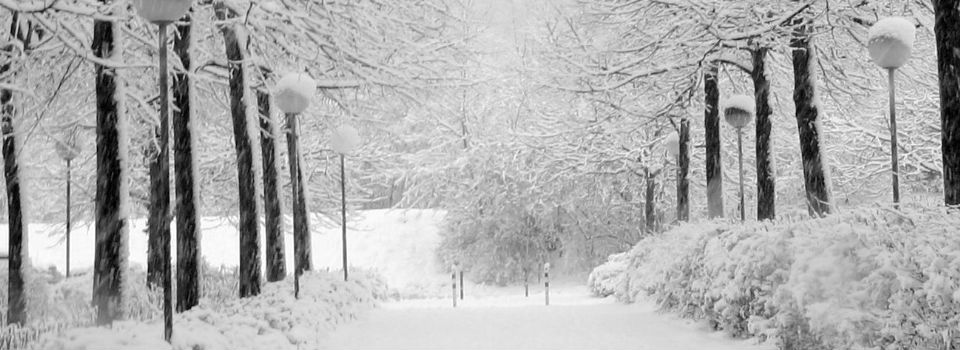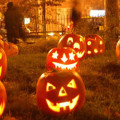
Living in the Midwest, it’s common to succumb to the doldrums of winter. The blistering cold, the mountains of snowfall and the lack of sunshine can all contribute to seasonal blues. For some, seasonal depression, or Seasonal Affective Disorder (SAD) can hit during the holidays. The time spent either with or without family can influence people significantly. For others, this feeling may come after the bright and happy holiday timeframe, when there doesn’t seem to be much to look forward to and the grey skies and dirtying snow piles seem inescapable. For survivors of suicide, this might be an especially vulnerable time. It’s not just about the weather. It’s a time when we realize that our loved one won’t be around to partake in the festivities. Survivors might also feel guilty about being “down” during this time. In any case, SAD can be a real thing, despite how it may be joked about by the meteorologist on TV or the radio.
According to WebMD, “while we don’t know the exact causes of SAD, some scientists think that certain hormones made deep in the brain trigger attitude-related changes at certain times of year. Experts believe that SAD may be related to these hormonal changes. One theory is that less sunlight during fall and winter leads to the brain making less serotonin, a chemical linked to brain pathways that regulate mood.” The resource also lists the symptoms of Seasonal Affective Disorder:
- Less energy
- Trouble concentrating
- Fatigue
- Greater appetite
- Increased desire to be alone
- Greater need for sleep
- Weight gain
They don’t exactly mirror the symptoms of clinical depression I highlighted in my last post (“Depression vs. Slump?“), but they should not be ignored or just brushed off, especially by those of us who have a family history of depression. I wanted to share this because I think it’s important for all of us to keep an eye on how we are feeling this time of year and to reach out to a loved one, or a trained professional (e.g. a clinician) if these symptoms become particularly bothersome, persistent or more severe. I noticed that the official term for this is also Seasonal Affective Disorder and not seasonal depression (as I originally thought). This again may tie back to what I wrote about last month – depression is not something that can just come and go with the sunlight or be evicted when spring comes around.
While it may sound like a silly thing to non-survivors, I wanted to validate the realness of Seasonal Affective Disorder, as well as the depression that may come during this time of year. I think they are only exacerbated by the losses to suicide we have experienced.
I try to do little things, like take vitamin D supplements, and find ways to integrate my dad into new holiday traditions to make myself feel better. I also try to schedule a short vacation or ways to treat myself during this time of year – like with a massage. I won’t lie, it doesn’t eliminate my own feelings of being down completely, but it’s what works for me.
Please reach out to someone if you think you may be experiencing SAD or depression.



